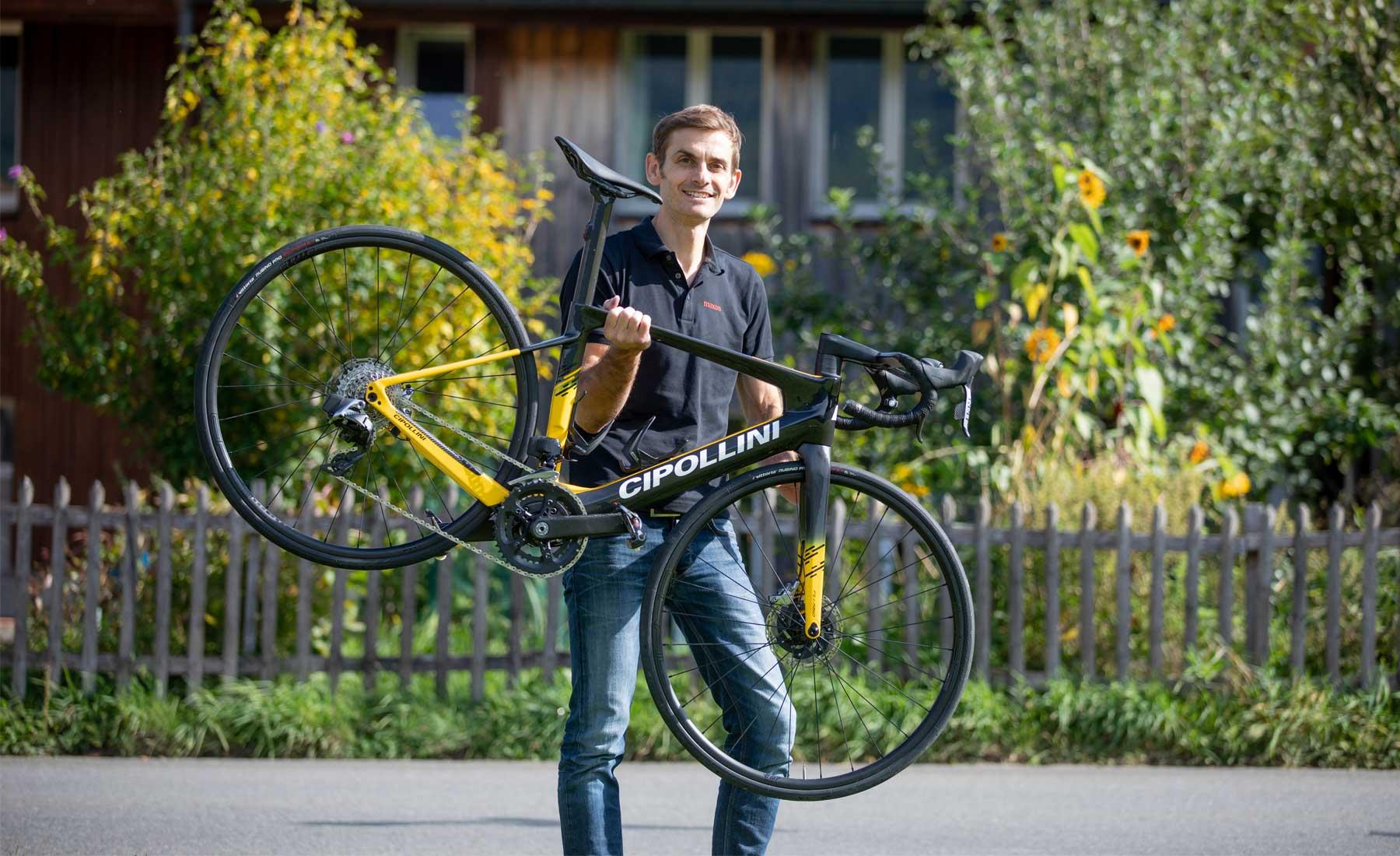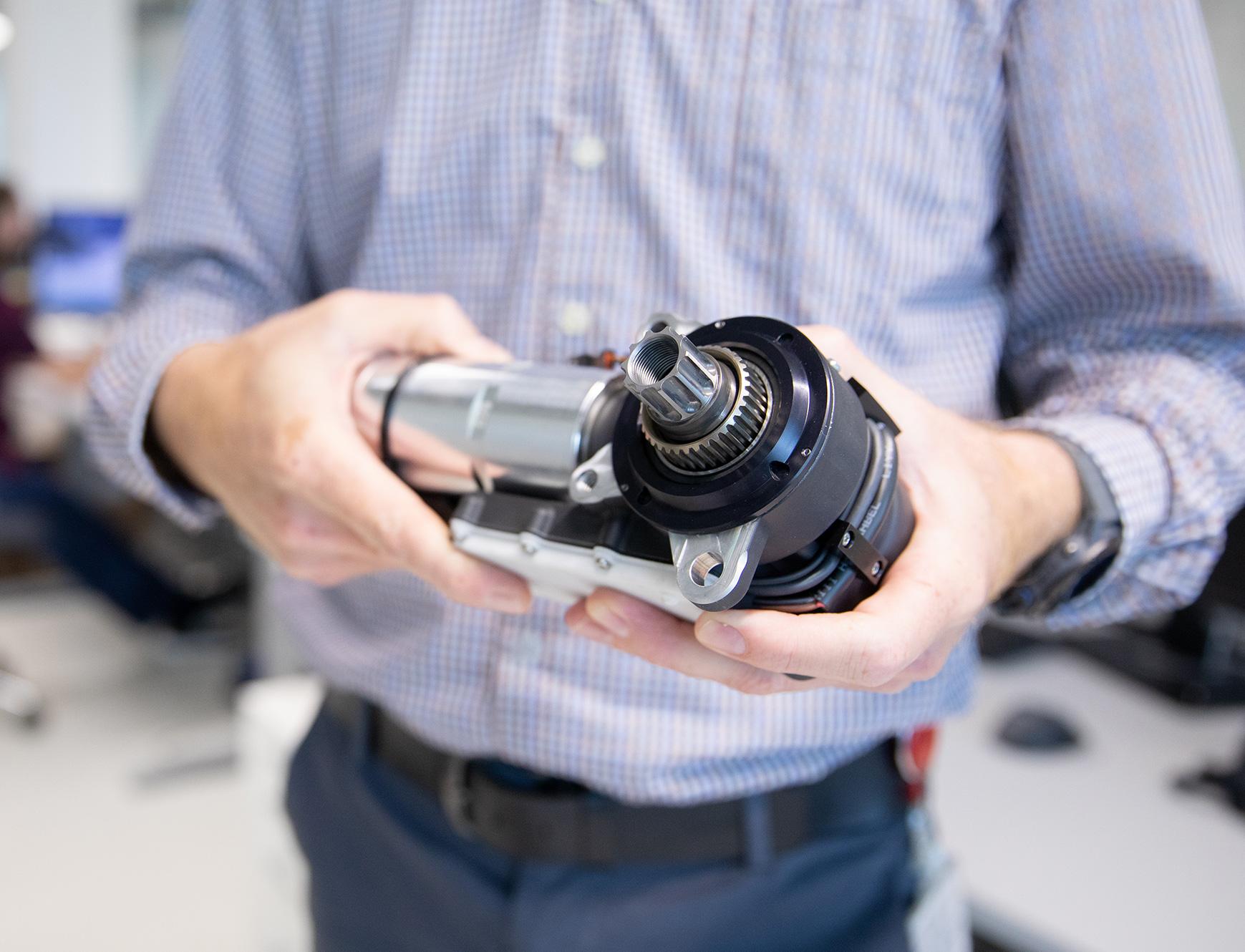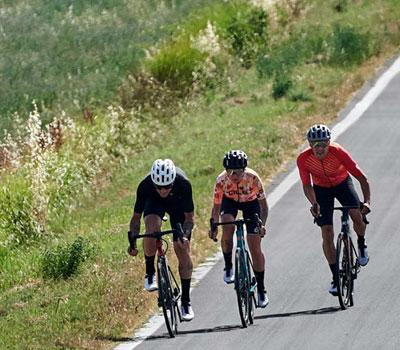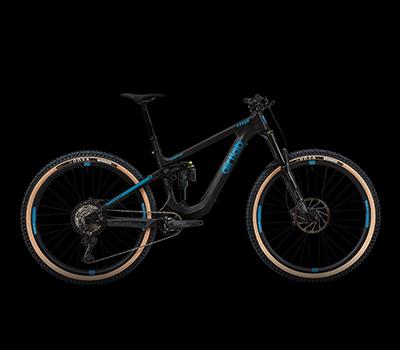«Torque alone is not a quality characteristic»
Details
The special concept behind maxon’s BIKEDRIVE AIR
Small and strong, yet lightweight: Thomas Steger, Head of Business Development E-Mobility at maxon, on the core competence of the brand and the efficiency of the BIKEDRIVE AIR drive.
Thomas Steger, people say that the torque offered by the maxon BIKEDRIVE AIR drive is not particularly high. Your response?
Firstly, I think it is a shame that many people reduce the topic of e-bike motors to this single numerical value. Torque alone is not a quality characteristic. There is a special concept behind maxon’s BIKEDRIVE AIR. We could have offered 100 Nm, but we made a conscious choice to take another path. One should not simply equate a new e-bike drive with a measurement.
Does a uniform measuring method that everyone can refer to even exist?
No, there isn’t really anything like that. By law, today’s pedelecs are not allowed to exceed a power of 250 W. But there’s much room for interpretation in how exactly the measurement is taken.
Is a high torque a prestige factor in the e-bike world, comparable to the horsepower of expensive sports cars?
Yes, I think that’s the case. Although I have to say that it’s not for everyone – similar to sports cars, in fact. It also doesn’t make sense to just focus on the torque value of e-bike motors. In tourism regions, where many people rent an e-bike on the spur of the moment, they frequently tackle a demanding trail right away. And if they then push into the pedals at the wrong moment, bike and rider fly off into the bushes.

How can one prevent the torque from being counterproductive?
The key is the software programming, and this is where our people are very strong. Writing riding algorithms that create a perfect interplay between man and machine – that’s the secret. It’s not about just getting on and being whisked everywhere. Instead, the focus should still be on cycling.
Doesn’t the strive to provide raw power fit to maxon’s philosophy?
For its new e-bike drive, maxon follows the following principle: we build small motors – starting at a size of 4 millimeters. That is our core competence, our DNA. Of course there are many powerful e-bikes on the market; they are bulky and heavy, and this also affects the handling. Instead, maxon produces small, efficient motors that are very powerful in comparison to their weight. This is a niche few providers currently serve. But these light drive concepts are destined to become very important. We don’t want to make an e-motorbike, but rather leave the geometry of a regular bicycle intact. We want to keep the weight increase as low as possible and have a mobility level where you can say: even if I don’t use the battery, riding is easy. And when the battery is empty, I can still get home without needing to move a tank. These are the values that we want to incorporate: light systems that do not just speed up the ride, but instead give priority to the enjoyment of cycling. Your goal is first and foremost to cycle, but sometimes you’d like a little support when you pedal.
So those who insist on having more power should look elsewhere?
Absolutely. Our BIKEDRIVE AIR is not intended as and never will be a replacement for the heavy motors. There are people who compare e-bike motors and primarily want to be transported. That’s okay, but we’re happy to leave them to other providers. Furthermore, this market around traditional mid-mounted motors is already heavily occupied by Bosch, Shimano and co. – with much higher volume and price sensitivity. As a newcomer, it is better to look for opportunities off the beaten track.
«These are the values that we want to incorporate: light systems that do not just speed up the ride, but instead give priority to the enjoyment of cycling. Your goal is first and foremost to cycle, but sometimes you’d like a little support when you pedal.»
– Thomas Steger, Head of Business Development E-Mobility at maxon
When is more torque required, and when less?
Our system mostly attracts riders who prefer near-natural cycling and are switching from muscle power only to supported riding. When I ride up the Glaubenberg mountain from Sarnen towards Entlebuch with the BIKEDRIVE AIR, I am still tired when I reach the top. Because I accomplished something. Sure, it was not completely with my own strength only, but the added support makes the ride smoother, the pedaling more pleasant, and I am not mentally exhausted at the end. This approach also applies to city trekking, where you just want a mobile bike that is not too heavy. Where you don’t feel like carrying 25 kilograms down the stairs. My city bike then weighs only 16 or 17 kilograms, and so has a bit of tailwind built in.
So, in the future, e-bikes will be divided into those with built-in tailwind and the heavyweights that are akin to electrically powered motorcycles?
Yes, twenty years from now there will still be a market for very powerful, fast e-bikes. There’s no replacement for that. A rear-wheel hub motor with high dynamics – this segment is already well filled with today’s state-of-the-art products.
Will the e-bike market keep on splitting into ever-more specialized applications, or is there a main direction of development?
One thing we can say with certainty even today: there will be a wide range of products on offer in the future as well. Because among bikes, there isn’t and never will be a true jack of all trades.


